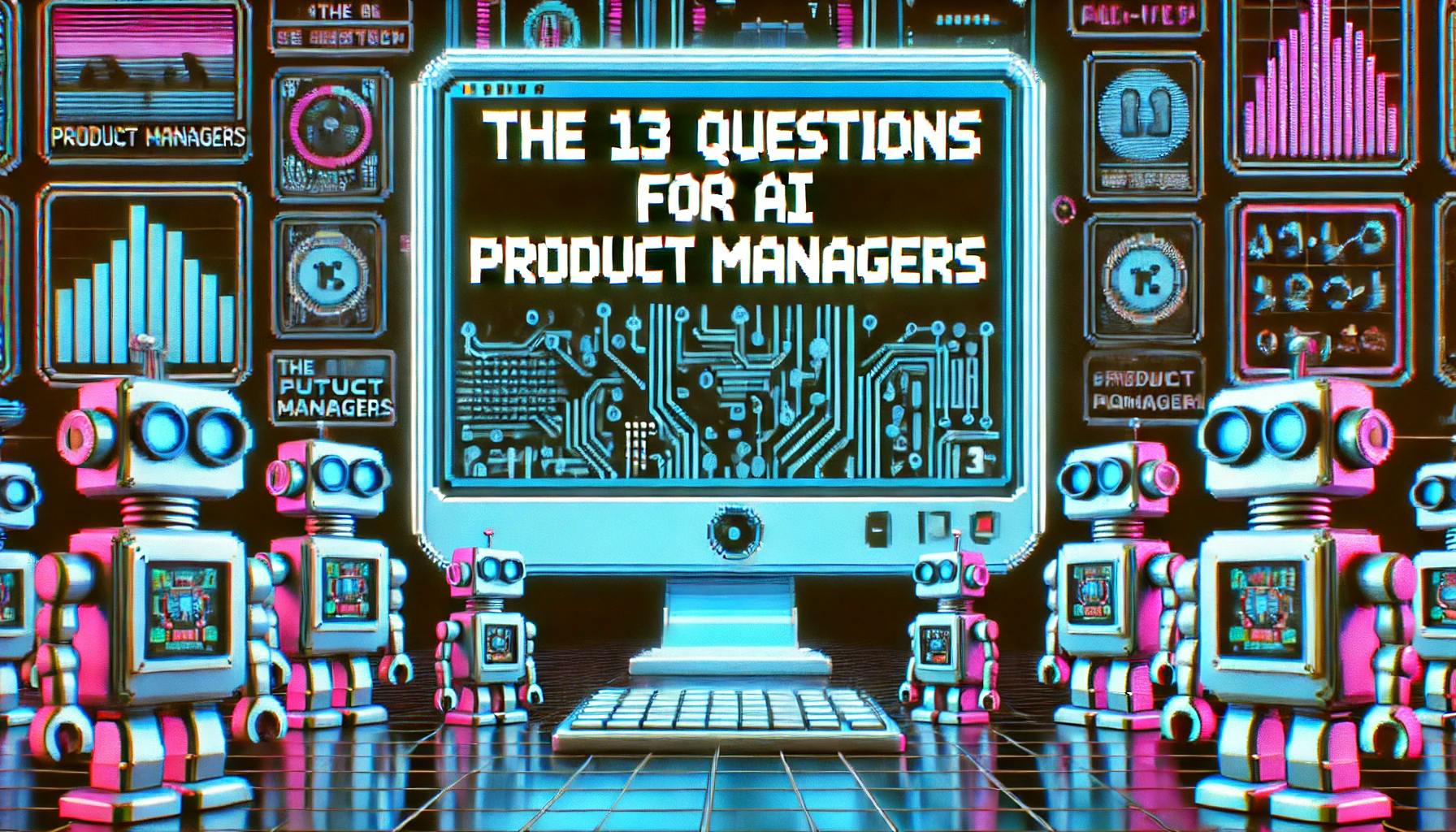The European EHDS (European Health Data Space) regulation will offer new possibilities for applications that can support healthcare professionals and take work off their hands. That was a conclusion during the annual conference of IHE Netherlands last October. A good example is decision support by automatically extracting relevant information from conversation recordings. “This is exactly what the EHDS aims to achieve: an acceleration of digital health. The goal is to keep data flowing.”
Martijn Bouwer, internist at the LUMC and associated with start-up Autoscriber, gave an example of an application that can benefit from the obligations and opportunities that the EHDS can provide to allow data to flow for primary and secondary use. This concerns software that can record conversations in the doctor’s office, summarize them and, where possible, record them as structured data. The next step is for the software to automatically make suggestions for the diagnosis from the patient summary, the anamnesis and the results of any additional research.
“The chance that a patient who presents to the ER with chest pain will have a heart attack is 5 percent,” Bouwer outlined as an example. “However, if the patient is male, has smoked almost all his life, is overweight and has high blood pressure, the risk can be up to 70 percent. By automatically extracting and analyzing all that information from the patient file, Autoscriber wants to offer decision support to doctors. The software will also indicate which information is missing to make a proper diagnosis, so that as a doctor you immediately know which additional tests you need to do.”
Data is going to fly
During the IHE conference, Itte Overing, lawyer at ICTRecht and specialized in health law, was enthusiastic about these types of solutions, which in her view will only really take off once the EHDS is a reality. “This is exactly what the EHDS aims to achieve,” she stated: “An acceleration of digital health. The goal is to keep data flowing. If you do this in the right way, you can change the entire model in which we currently provide care. Then you can re-register for the care. It is high time, because the current model is 120 years old and is reaching its limits.”
Overing also elaborated on the secondary use of data, where she believes there are great opportunities to conduct research with AI into, among other things, the causes of diseases and better treatments. Better exchange and access to data for secondary use is one of the key points of the EHDS.
“The promise is that researchers will finally have access to the large data sets they need to train their algorithms. As a lawyer, I am very enthusiastic about this. Some healthcare providers fear that medical confidentiality will be completely undermined. And yes, there will be a revision. A revision that better suits the current times. But no, that does not mean that privacy is no longer an issue. Because ‘Europe’ has been looking for a way that, on the one hand, offers sufficient space for healthcare innovation, and on the other hand, protects the privacy of patients. In my opinion, the EHDS has succeeded well in this.”
Major show stopper
According to Overing, medical confidentiality has so far been an important show stopper for AI. This very important professional secrecy currently prevents data that one healthcare provider collects from being shared with other parties who want to conduct scientific research or improve treatment methods based on that data. The patient must give specific permission for this (opt-in), which not all patients do. Often because they do not understand what this means or are afraid of abuse.
As a result, not only did datasets grow much slower than they could have, but bias also inevitably creeps into the data. Because the people who do give permission often come from a different population group than the people who refuse permission. As a result, the datasets on certain patient populations often do not form a good cross-section of all patients, with all the consequences that this entails for the outcomes of scientific research.
An opt-out applies to the EHDS: if patients do nothing, the datasets described in the EHDS may be exchanged with other healthcare providers for primary use or with a Health Data Access Body (HDAB) for secondary use. The secondary use will always be made on the basis of anonymized (or, if that is not possible, pseudonymised) data. In addition, the Netherlands has requested and received an exception for the human genome. Because the data is so sensitive, an opt-in applies.
Also read the other articles about the IHE Netherlands annual conference:
IHE Netherlands: avoid duplication of work by introducing EHDS
IHE Netherlands: EHDS driving force for healthcare transformation











